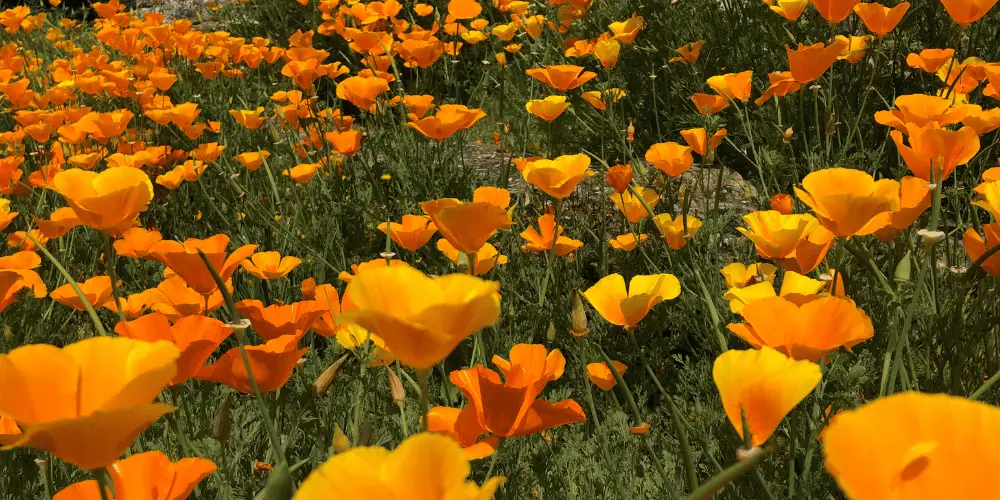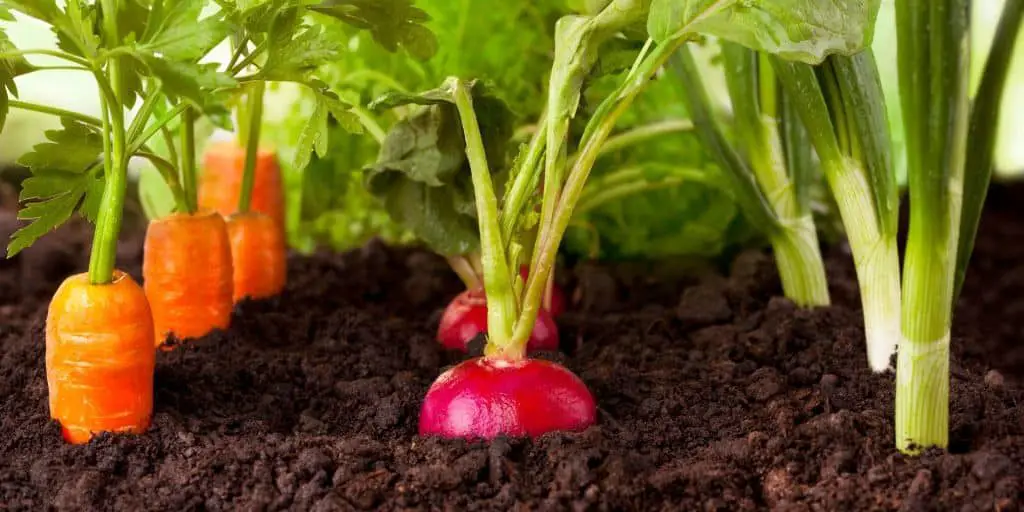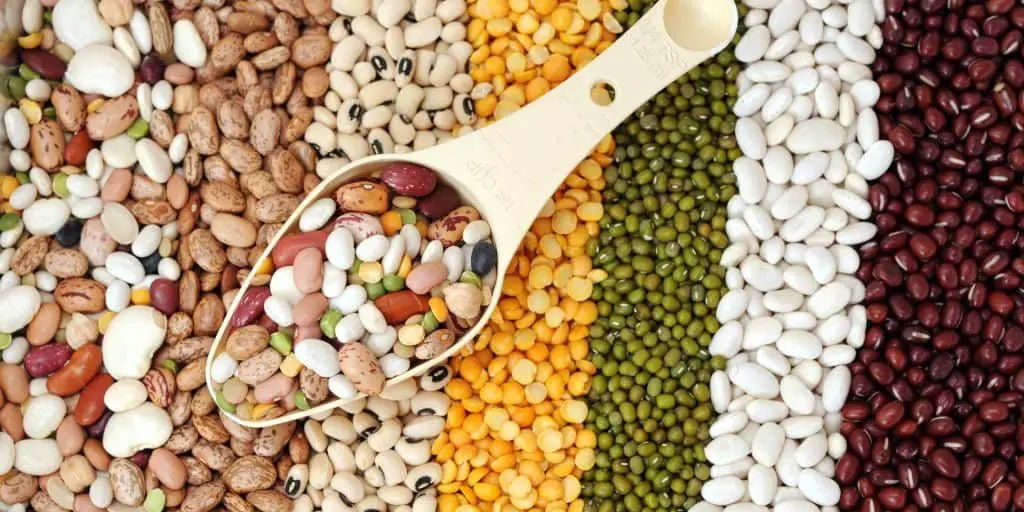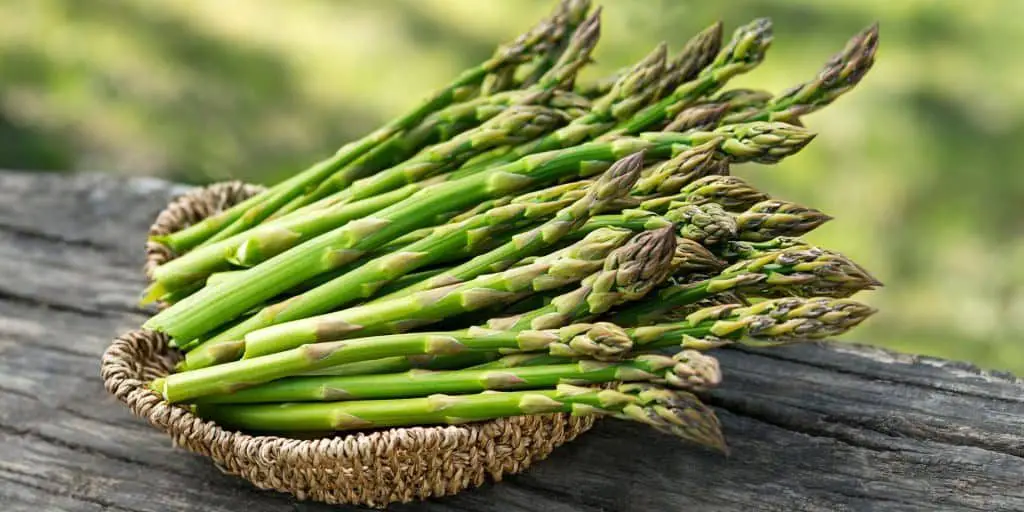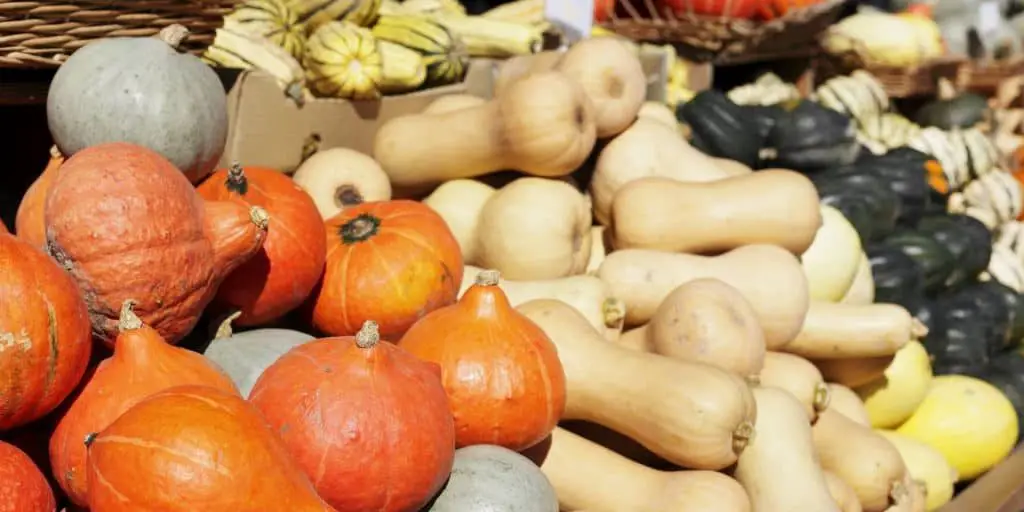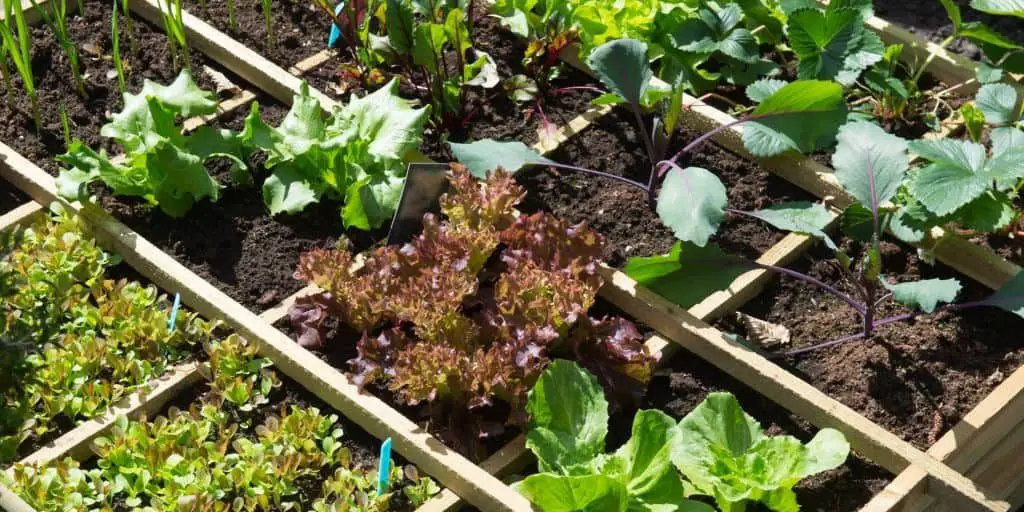
Square Foot Gardening
Let’s face it, gardening can be hard. What to grow? How much space, fertilizer, water? How to keep up with everything when summer really hits? Square Foot Gardening is a classic approach that takes a lot of the guesswork out for new gardeners thanks to its simple system of growing plants in square-foot grids.
Sound too good to be true? Well, hang tight, because we’re going to dig into the Square Foot method and its benefits for new and advanced gardeners!
Mel Bartholomew: The Father of Square Foot Gardening
The origin of square foot gardening lies way back in the eighties, when an engineer named Mel Bartholomew retired from business, became a gardener, and began managing his local community garden.
Many of the gardeners there struggled to keep their gardens healthy and productive in midsummer, when temperatures are high, weeds and pests are prolific, and other demands on their time distracted them from their gardens.
So Mel, like any good engineer, took that problem and started to tinker to find a solution: a neat, attractive, weed-free, and productive garden.
The result was Square Foot Gardening, published in 1981, followed by a popular PBS television series. Mel’s method ignored traditional single-row styles of gardening in favor of precisely spaced plantings based around the square foot measurement. Dense plantings discourage weeds, and crop rotation discouraged pests.
Mel wrote more books, planted square foot gardens in schools in California and Utah for hands-on learning, and developed a Certified Instructor program. In 1996 he established the Square Foot Gardening Foundation with the aim to teach people worldwide how to grow more food in less space with less effort.
The Raised Bed
This raised bed is a 4’ x 4’ square with sides made of untreated wood, or cinder blocks, or bricks… what it’s actually made of can be pretty flexible, you just don’t want to use any kind of chemically-treated wood.
The Soil
Mel developed a soil mixture that is light, well-draining, and highly fertile. Mel’s Mix only needs to be six inches deep to achieve consistently good growth and productivity.
Mel’s Mix consists of three components, combined together in equal parts by volume not by weight:
• 1/3 Coarse grade Vermiculite (Mel’s preferred medium)
• 1/3 Sphagnum Peat Moss (You can also use Coconut Coir)
• 1/3 Blended Organic Compost (Mel recommends 5 different composts combined for optimal results)
The Square Foot Gardening Foundations hosts a very handy soil calculator to help you figure out exactly how much cubic feet of soil you’ll need.
It’s crucial not to walk or kneel on the soil, which causes compaction. Instead, the dimensions of the bed should allow you to easily reach in from the side.
The Grid
The building block of all square foot gardening is “the grid”, which is exactly what it sounds like–straight material laid down on the surface of the soil to outline each square foot.
You can make a grid out of sticks, old blinds, string, chopsticks laid end-to-end–almost anything that is straight and narrow!
The grid helps gardeners visualize where plants will go, marks out space for crop rotations, and keeps the entire garden tidy and organized.
In the standard 4’ x 4’ bed, the grid will end up with 16 square-foot squares.
How to Plant in a Square Foot Garden
Let’s take an example to describe the planting process in a square foot garden. If you had one 4’ x 4’ bed, with sixteen squares, and you wanted to grow a salad garden, how would you go about planting it?
Think of each square foot as a tiny garden unto itself. Some of the squares will have the same plants in them all through the season, while other, shorter-lived plants you’ll have on a crop rotation.
For each plant, you will sow seed or transplant starts into each square in multiples of 1, 2, 4, 9 or 16, depending on the size of the plant.
For our salad garden, you can plant four tomato plants in two squares, with two plants in one square, and two cucumber plants in one square. These plants can all be trellised, which means that it’s best to plant them on the north side of the bed with a vertical frame, or even tomato cages, to climb up on.
Then, you can plant lettuce–three squares, each with a different type of lettuce, at six inch spacing, giving you nine lettuce plants per square.
That leaves ten open squares to plant with your favorite vegetables. You still have plenty of room for green onions, chives, peppers, eggplant, radishes, carrots, and even flowers!
You can plant according to the spacing on each plant’s seed packet or tag, but in a grid pattern instead of in a row.
Watering in a Square Foot
Drip irrigation is the most efficient watering system, but it isn’t the only way to water a square foot garden. This is good news for new gardeners, or those who don’t want to go through the hassle and cost of investing in a whole irrigation system.
Square foot gardens are smaller than conventional gardens and have plants that are much closer together, so less water is needed over all. Mel Bartholomew and many other square foot gardeners water by hand, using a few tricks.
When you plant your vegetables, make a saucer or well in the soil around its base. You can also use a small furrow to connect the wells of plants in the same square. This makes it easy to deliver water directly to the roots of the plant using a bucket and a dipping tool, such as an old cup or even an upcycled cottage cheese, as Mel uses–anything that is comfortable and easy to hold.
Another option is to use a hose with a bubbler on the end, set at a low flow rate to keep water from washing away.
Different plants will need to be watered at different frequencies depending on your climate and soil makeup. Young transplants will need daily water, leaf and root crops may need water every two days, and fruit crops (like tomatoes) once a week–in a more mild climate.
In hot climates, you may need to water your leaf crops every other day, and fruit crops twice a week. Be observant, and make your adjustments as the summer wears on and temperatures increase.
Bartholomew recommends watering in the morning and mulching to conserve soil moisture. He also advises using warm water instead of cold, straight-from-the-tap water on plants. If watering by hand, simply leave a few buckets of water in the sun after you’ve finished your morning watering. By the next day, they will be plenty warm. If using a hose, lay some of its coils across the ground where it will be hit by the sun. As the water moves slowly through the hot hose, it will be warmed up by the time it reaches the plants.
Harvest and Replant
Remember our salad garden? You can keep it productive through the season by replanting the squares that you harvest from. This is a form of crop rotation in miniature.
Radishes, for example, grow best first thing in early spring, so once you’ve harvested them, replant their square with bush beans.
For plants like tomatoes and cucumbers, they will continue to produce fruit as long as you continue to remove fruit from the vine, so keep up on harvesting!
Want to Learn More About Square Foot Gardening?
This is just the basic method, and it’s enough to get you started! But if you want to know about Mel Bartholomew’s method and the mission of square foot gardening, visit The Square Foot Gardening Foundation at SquareFootGardening.Org. There, you’ll find even more garden square ideas, resources, and information about their school and humanitarian programs!
A small square step for man….a giant leap for garden everywhere!

